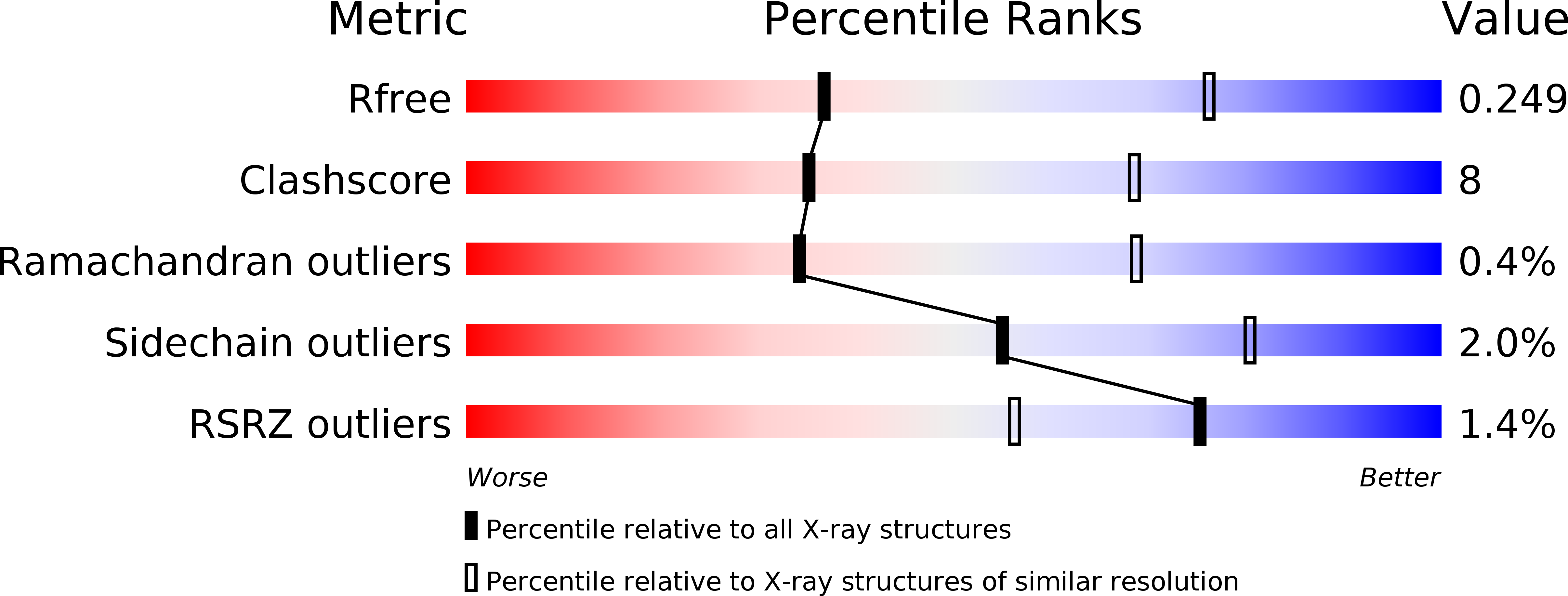
Deposition Date
2017-03-25
Release Date
2018-02-21
Last Version Date
2024-10-23
Entry Detail
PDB ID:
5VAE
Keywords:
Title:
Crystal structure of accessory secretion protein 1 and 3
Biological Source:
Source Organism:
Streptococcus gordonii (Taxon ID: 1302)
Host Organism:
Method Details:
Experimental Method:
Resolution:
3.11 Å
R-Value Free:
0.24
R-Value Work:
0.20
R-Value Observed:
0.20
Space Group:
C 2 2 21


